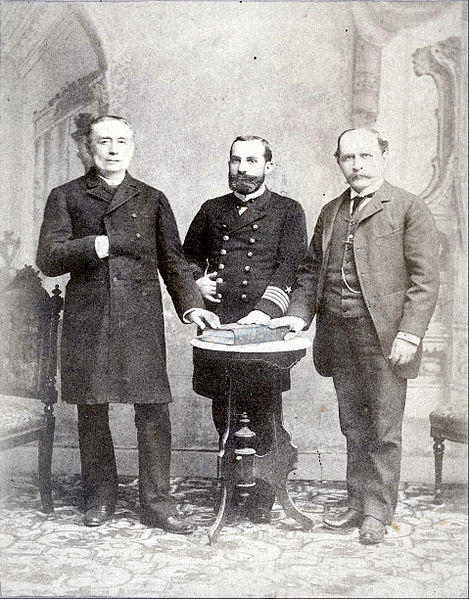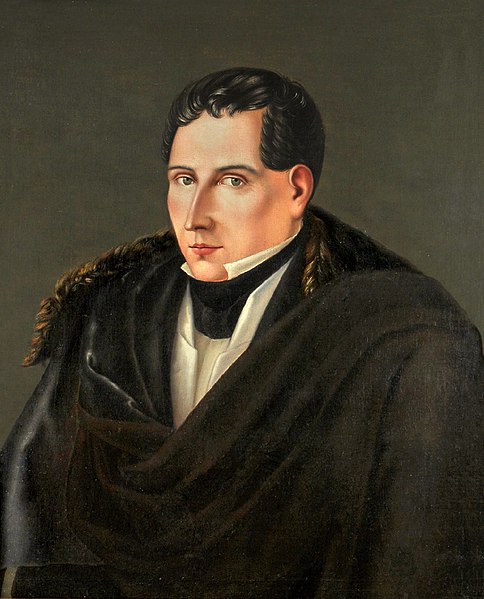Chilean Civil War of 1891
The Chilean Civil War of 1891 was a civil war in Chile fought between forces supporting Congress and forces supporting the President, José Manuel Balmaceda from 16 January 1891 to 18 September 1891. The war saw a confrontation between the Chilean Army and the Chilean Navy, siding with the president and the congress, respectively. This conflict ended with the defeat of the Chilean Army and the presidential forces, and with President Balmaceda committing suicide as a consequence of the defeat. In Chilean historiography the war marks the end of the Liberal Republic and the beginning of the Parliamentary Era.
Picture of the rebel fleet attacking Valparaíso, late August 1891, published in Le Petit Journal.
Battle of Concón, Chile. August 21, 1891.
President José Manuel Balmaceda
The Iquique revolutionary junta (from left to right): Waldo Silva, Vice President of the Senate; Jorge Montt Álvarez, captain of the ship and president of the same; and Ramón Barros Luco, president of the Chamber of Deputies.
Chile, officially the Republic of Chile, is a country in western South America. It is the southernmost country in the world and the closest to Antarctica, stretching along a narrow strip of land between the Andes Mountains and the Pacific Ocean. With an area of 756,102 square kilometers (291,933 sq mi) and a population of 17.5 million as of 2017, Chile shares borders with Peru to the north, Bolivia to the northeast, Argentina to the east, and the Drake Passage to the south. The country also controls several Pacific islands, including Juan Fernández, Isla Salas y Gómez, Desventuradas, and Easter Island, and claims about 1,250,000 square kilometers (480,000 sq mi) of Antarctica as the Chilean Antarctic Territory. The capital and largest city of Chile is Santiago, and the national language is Spanish.
The Chinchorro mummies, the oldest of which are from around 5050 BCE.
Pedro Lira's 1888 painting of the founding of Santiago by Pedro de Valdivia at Huelén Hill.
Generals José de San Martín (left) and Bernardo O'Higgins (right) during the crossing of the Andes.
Painting of Diego Portales. The Constitution of 1833 has been seen as the embodiement of the "Portalian thought".








